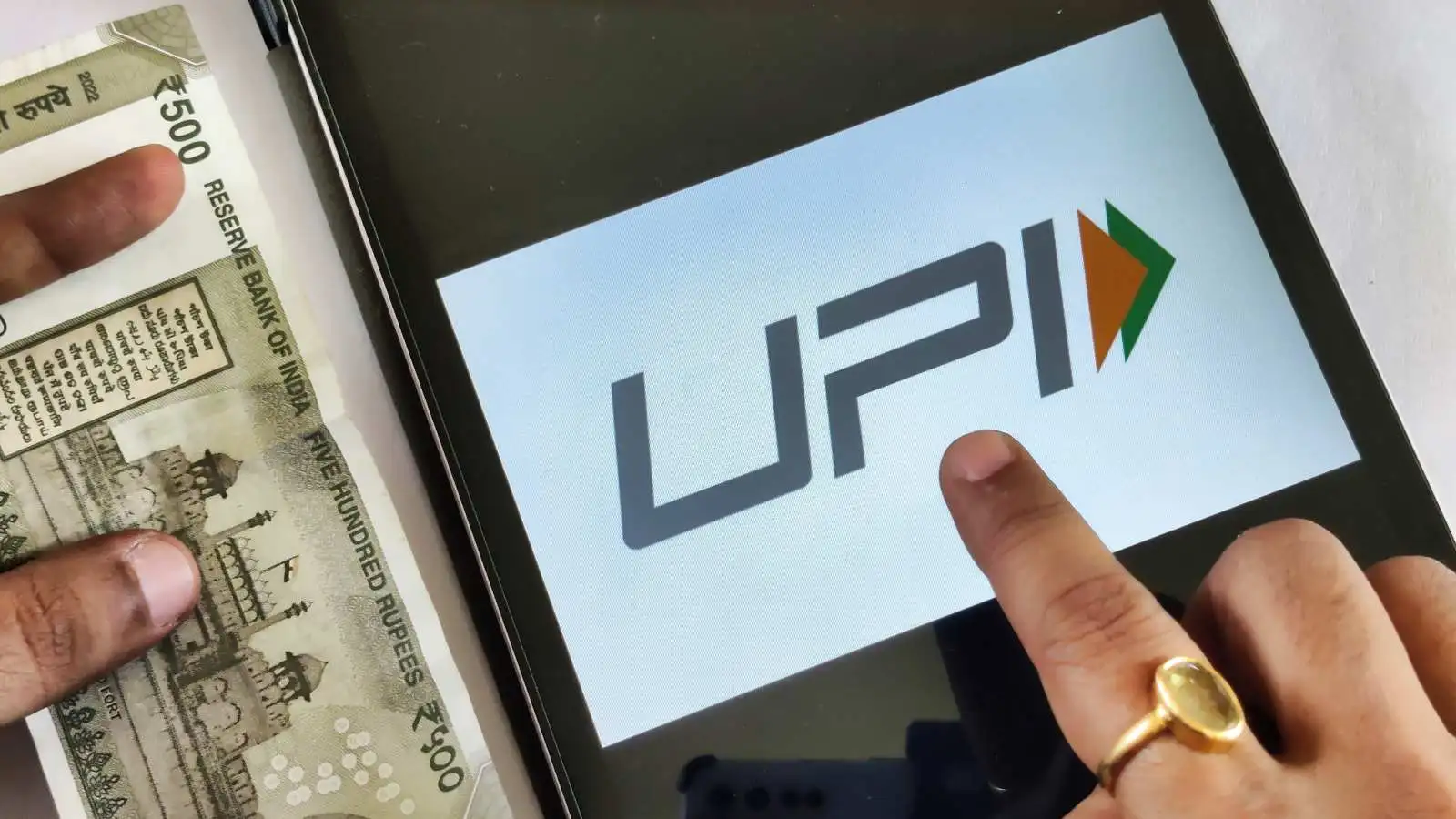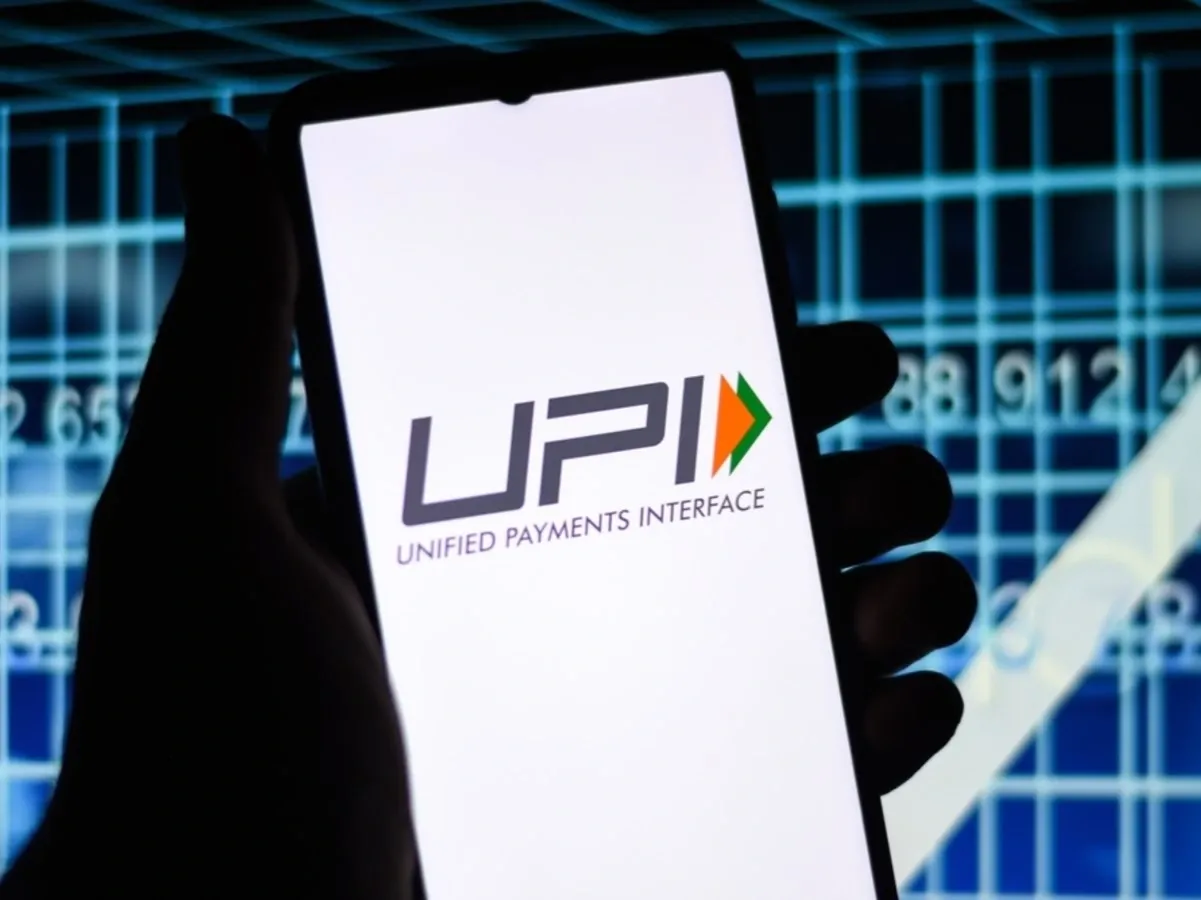Personal Finance News
Balance checks to autopay mandates: These UPI transactions will face restrictions from August 1

5 min read | Updated on May 28, 2025, 17:53 IST
SUMMARY
Starting August 1, 2025, UPI users will face some restrictions including limits on checking balance and execution of autopayments. This move by the NPCI is aimed at preventing system overloads and enhancing the user experience.

Customers will still be able to create autopay mandates during peak hours, but the payment execution will only be done during non-peak hours.
Unified Payments Interface (UPI) users will soon face restrictions on several transactions, including requests for balance inquiry, autopayments, checking transaction status, and more.
According to a recent National Payments Corporation of India circular, banks and PSPs (Payment Service Providers) are mandated to regulate the use of 10 significant, most-used APIs (Application Programming Interfaces) on the UPI network by July 31, 2025. APIs, in simple terms, are requests initiated by customers on the UPI platform, like sending and receiving money, checking balances, or authenticating transactions.
“PSP banks and/or acquiring banks shall ensure all the API requests (in terms of velocity and TPS—transactions per second limitations) sent to UPI are monitored and moderated in terms of appropriate usage (customer-initiated and PSP system-initiated),” as per the circular dated May 21, 2025.
What does this mean for customers?
The circular states that all non-customer-initiated APIs must be restricted during peak hours, which means from 10 AM to 1 PM and from 5 PM to 9:30 PM. A non-customer-initiated API is basically an action automatically triggered by the system, like a transaction status check. When you initiate a transaction, the backend system runs a check to verify if it has been completed or if it is delayed/pending, which makes it a non-customer-initiated API.
“Peak hours are defined as the period during the day when UPI financial transactions reach the highest transactions per second, observed from 10:00 hrs to 13:00 hrs and from 17:00 hrs to 21:30 hrs. Any other time shall be referred to as non-peak hours. During peak hours, UPI members are required to restrict non-customer-initiated APIs,” the circular states.
What will change for UPI users?
Balance checks
Users will now be able to check their account balance only 50 times per day on each UPI app. If someone uses two UPI apps, they can check their balance 50 times on each app, giving them 100 balance checks in total. This might be an inconvenience for traders who check their balances often.
As per the circular, the UPI platforms shall discourage balance checks during peak hours. Instead, banks must send updated balances with each transaction notification. The circular has also directed UPI apps to build adequate infrastructure to limit or stop balance enquiries during peak hours. NPCI has maintained that users will continue getting real-time, accurate balance updates even when these changes come into effect.
Transaction status check
Payment Service Providers (PSPs) must check transaction status only after a certain time delay. As the check transaction API lets banks and PSPs request a transaction status, banks and PSPs are now required to delay a call for transaction check for at least 90 seconds from when the transaction is initiated/authenticated. They must also keep these calls limited to three in a two-hour period. Members may initiate a transaction check after 45 to 60 seconds from the initiation/authentication of the original transaction.
Further, banks should treat transactions as failed for certain specified error codes and end the repeated need to check transaction status calls for failed transactions.
“PSP banks/Acquiring banks shall initiate the first check transaction status API after 90 seconds from the initiation/authentication of the original transaction. After the timers are changed (ref. UPI OC 214, dated 26 April 2025), members may initiate the same after 45 to 60 seconds of the initiation/authentication of the original transaction, after NPCI revised communication.PSP banks/Acquiring banks may initiate a maximum of 3 check transaction status APls, preferably within 2 hours from the initiation/authentication of the original transaction,” the circular says.
Autopay mandate
Autopay mandates in UPIs allow users to authorise their banks to automatically pay a specific amount from their bank accounts on a recurring basis (daily, monthly, yearly or a specified time period) for subscriptions, SIPs and more. This will now only be executed during non-peak hours.
Account list
The account listing request, which allows users to view all the accounts linked to their mobile number, is also being regulated. Users can now check this only 25 times per day per app. This request will only work when the user selects their bank, and re-attempts can only be made with the user’s consent. A maximum of 1 attempt, with 3 retries per mandate, can be initiated at moderated TPS only during non-peak hours for autopay mandate,” the circular said.
While customers will still be able to create autopay mandates during peak hours, the payment execution will only be done during non-peak hours.
This is being done to enhance NPCI’s backend infrastructure and manage the increasing real-time payments and requests generated by banks, PSPs and UPI users. By putting these limits, the NPCI aims to enhance the user experience, especially during peak hours.
Banks and PSPs are required to monitor API usage and comply with these guidelines. Violations can invite penalties, restrictions or even a ban on onboarding fresh users. All UPI members must implement these rules by July 31, 2025.
Additionally, annual audits are also required to be conducted by every acquiring bank on their systems by CERT-In empanelled auditors. The first audit report must be submitted by August 31, 2025.
Related News
About The Author
Next Story


